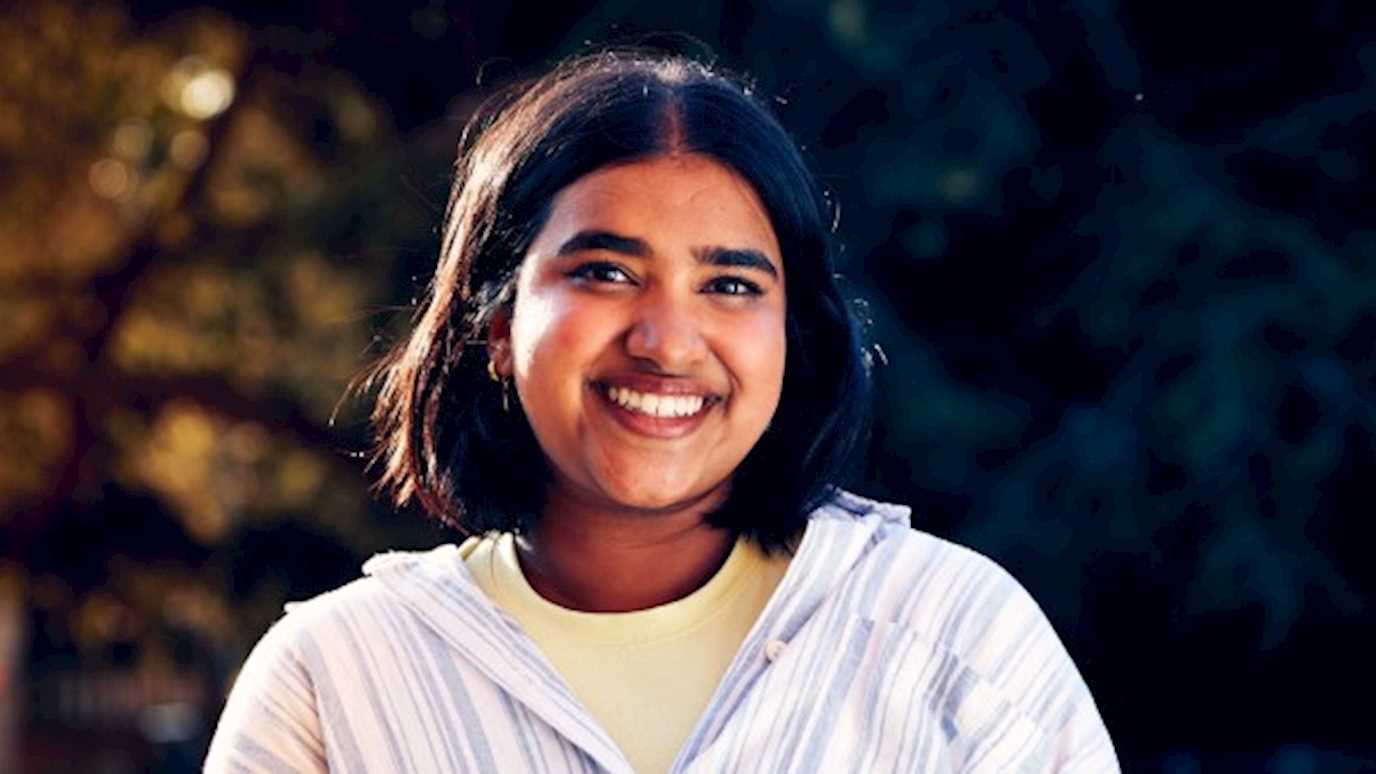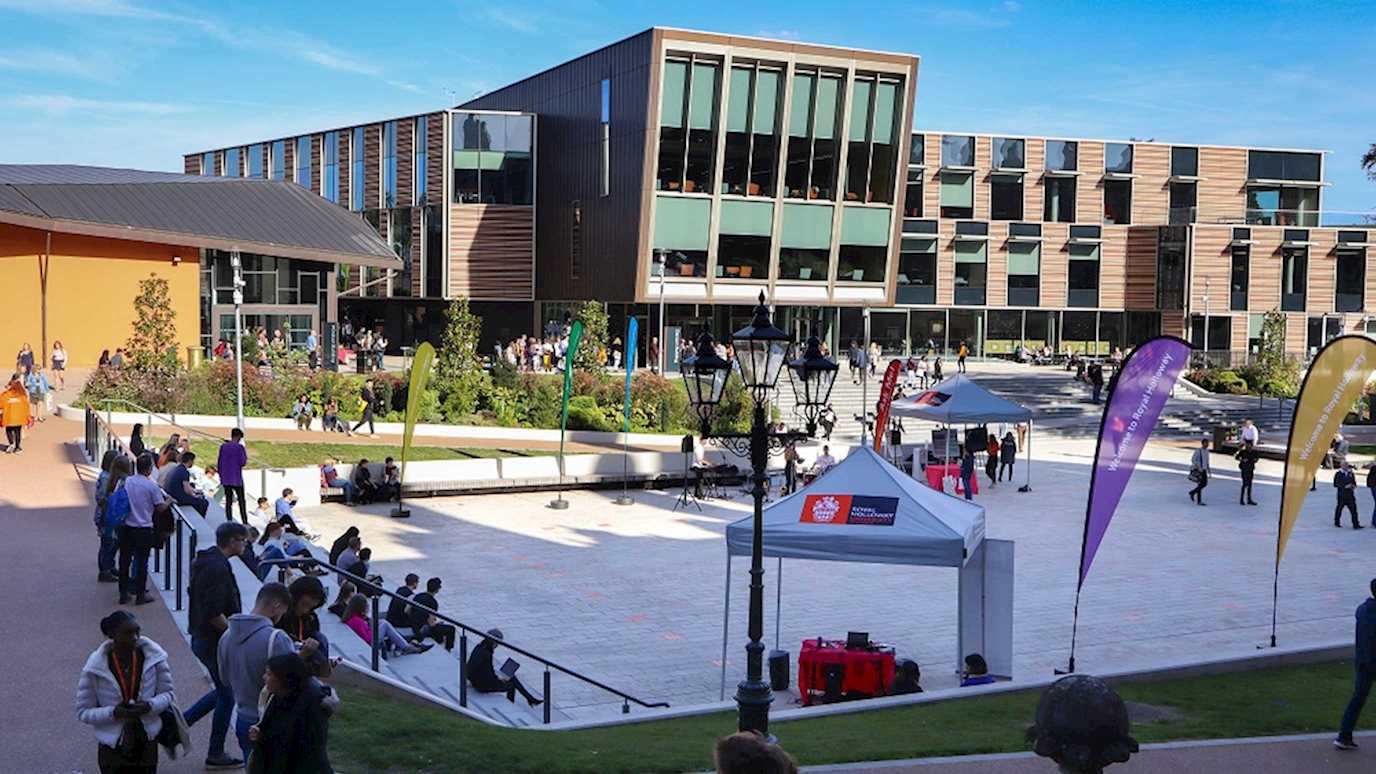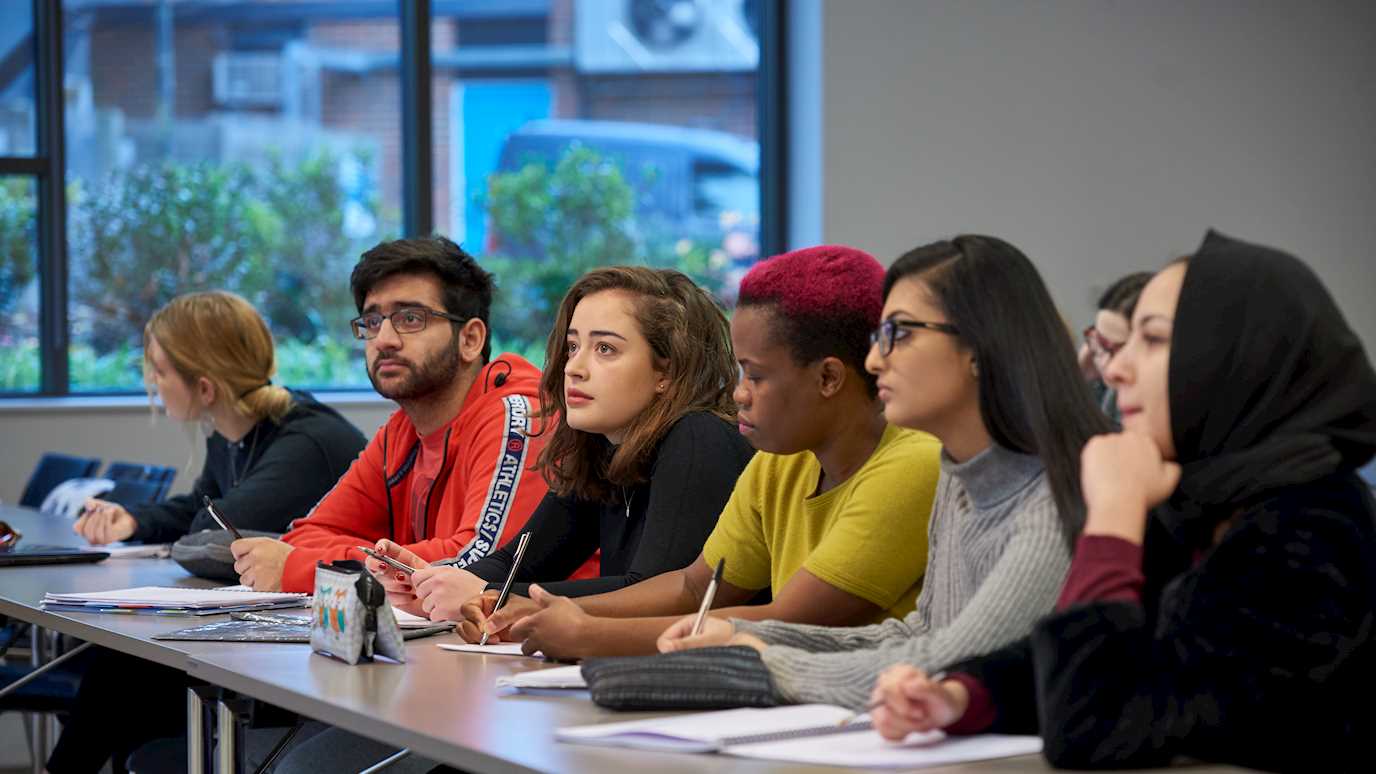This AHRC-funded collaboration between Royal Holloway and the British Library transformed some of the world’s biggest datasets about sheet music, making them available to researchers.
Through statistical analysis, manipulation and visualisation of this data, it developed new methods for interrogating music history.
The datasets used in the project included:
- British Library catalogue of printed music
- British Library catalogue of manuscript music
- RISM (Répertoire International des Sources Musicales) catalogues of printed and manuscript music 1500-c.1850 (RISM A/I, A/II and B/I)
The data was exported from MARC records using MarcEdit, and was cleaned with various tools such as OpenRefine. The process of data cleaning required a knowledge of the provenance of the data: the British Library records are the product of over two centuries of cataloguing and follow a variety of cataloguing standards (see our publication ‘Library catalogue records as a research resource’). The project also enriched the British Library’s catalogue records for 180 anthologies of 16th-century printed music, and converted Augustus Hughes-Hughes’s Catalogue of Manuscript Music in the British Museum (1906–09) into machine-readable form.
The project then analysed a set of case-studies (see our publication ‘Writing a Big Data history of music’), to show the potential of quantitative approaches to complement the close or contextual readings customarily used by historical musicologists. These case-studies included: the rise and fall of music printing in the 16th and 17th centuries; the posthumous canonisation of the music of Palestrina and Purcell; and the rise of ‘Scottish’ music in the late 18th and 19th centuries. The case-studies are described fully in the open-access publications below.
The project ended with two events at the British Library: a hackathon on the project data (10 March 2015), and a symposium ‘Digital Strategies for Historical Musicologists’ (11 March 2015). See a report on these events here.
Download the project data here, either in RDF/XML format or as simple CSV files.
Open-access publications
Stephen Rose, Sandra Tuppen, Loukia Drosopoulou, ‘Writing a Big Data history of music’, Early Music 43 (2015), 649–60 doi: 10.1093/em/cav071
Sandra Tuppen, Stephen Rose, Loukia Drosopoulou, ‘Library catalogue records as a research resource’, Fontes artis musicae 63 (2016), 67–88 doi: 10.1353/fam.2016.0011
Contact
Stephen Rose (Principal Investigator), stephen.rose@rhul.ac.uk
Sandra Tuppen (Co-Investigator), sandra.tuppen@bl.uk
Loukia Drospoulou (Postdoctoral Research Assistant), loukia.drosopoulou@rhul.ac.uk




















